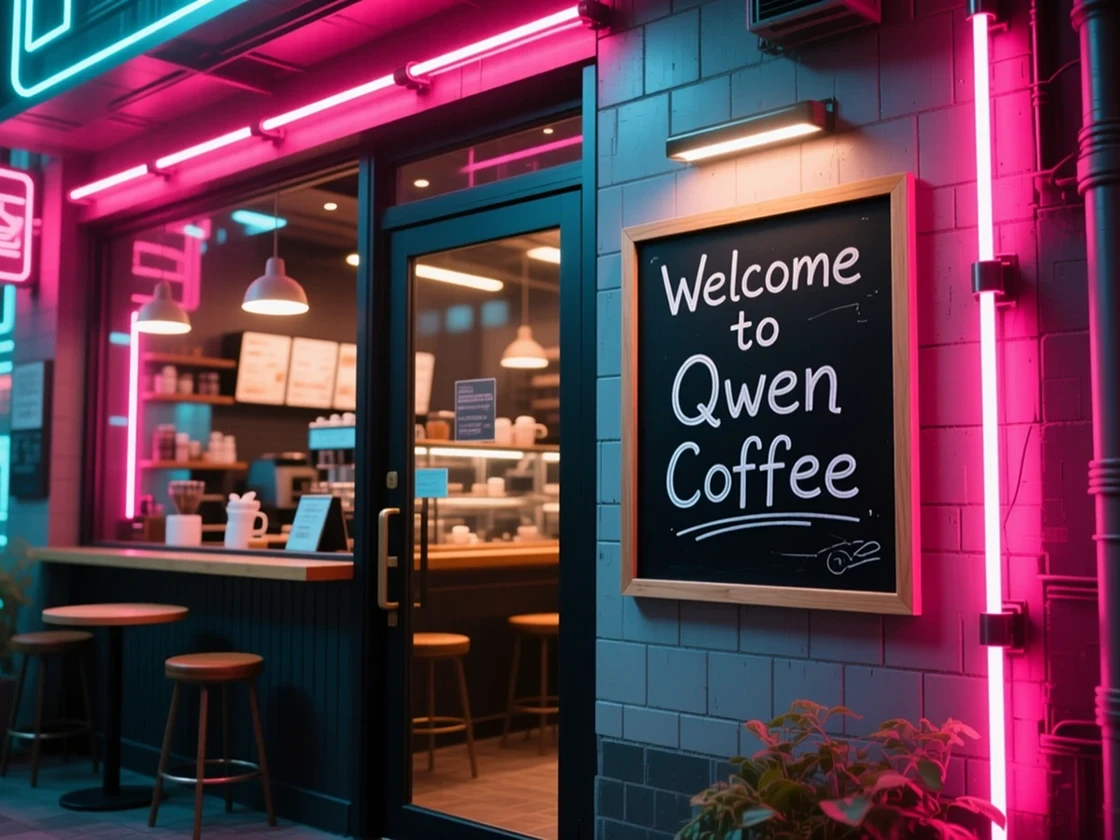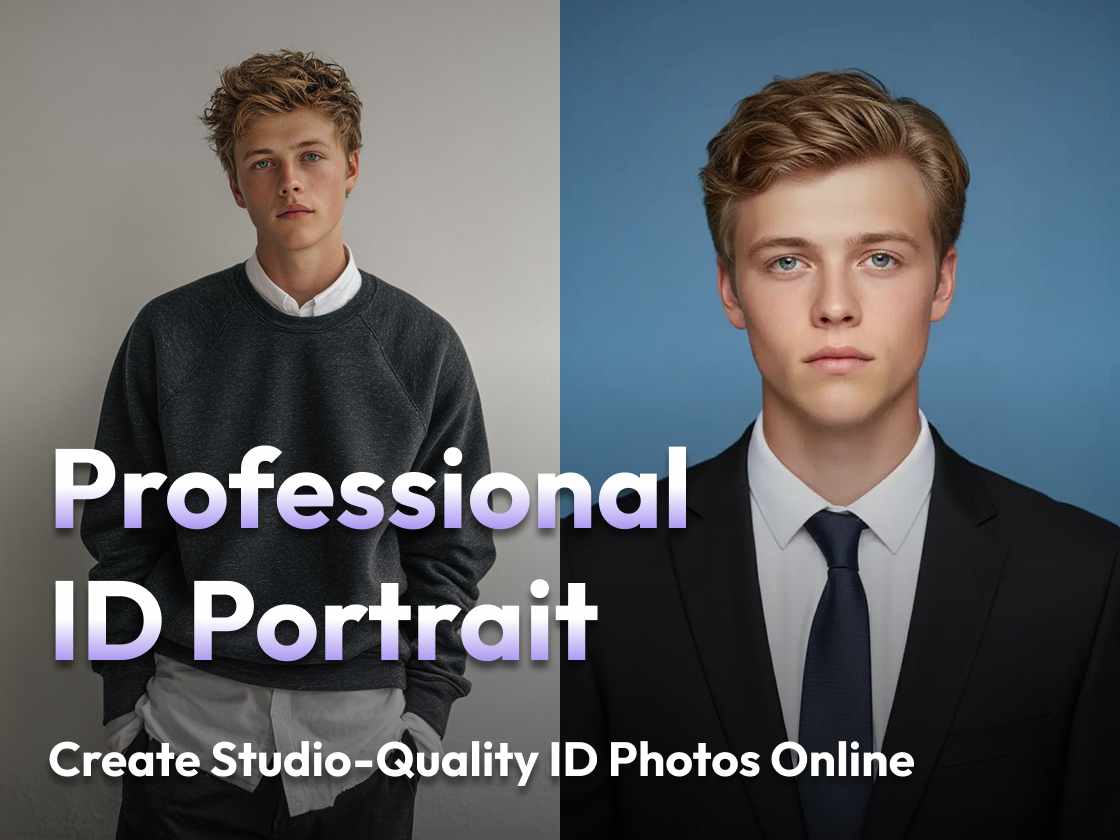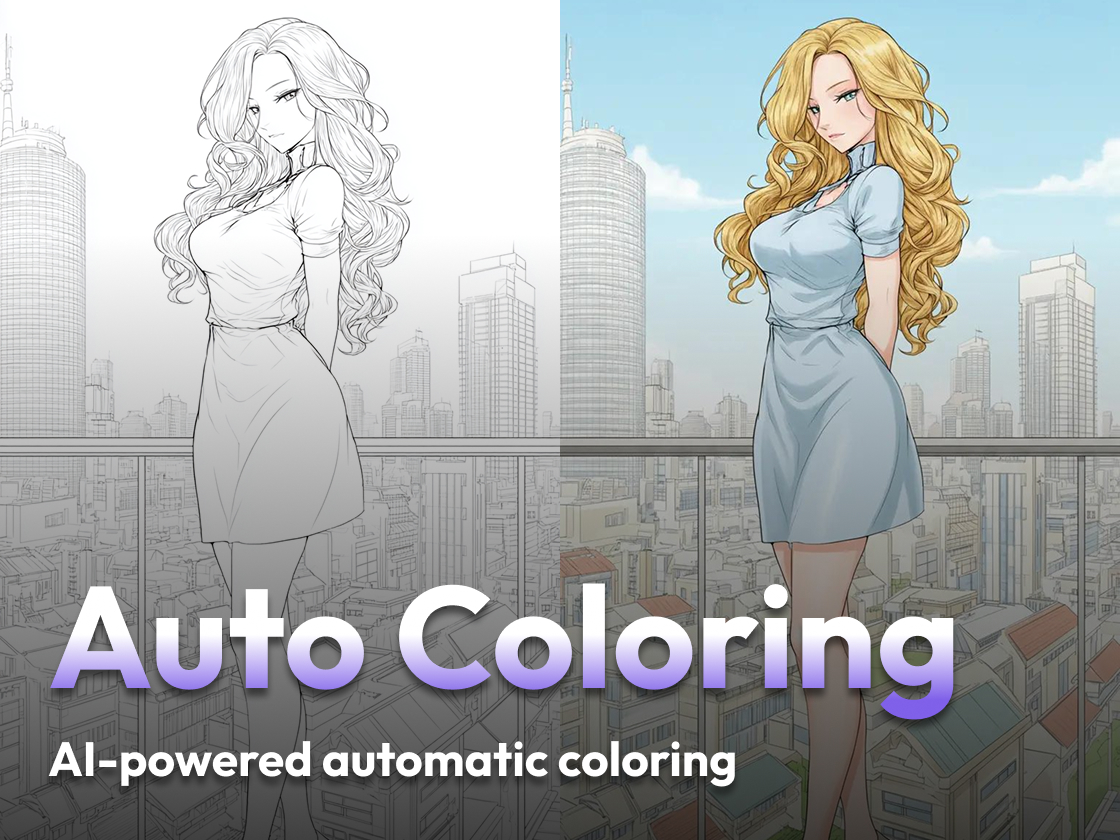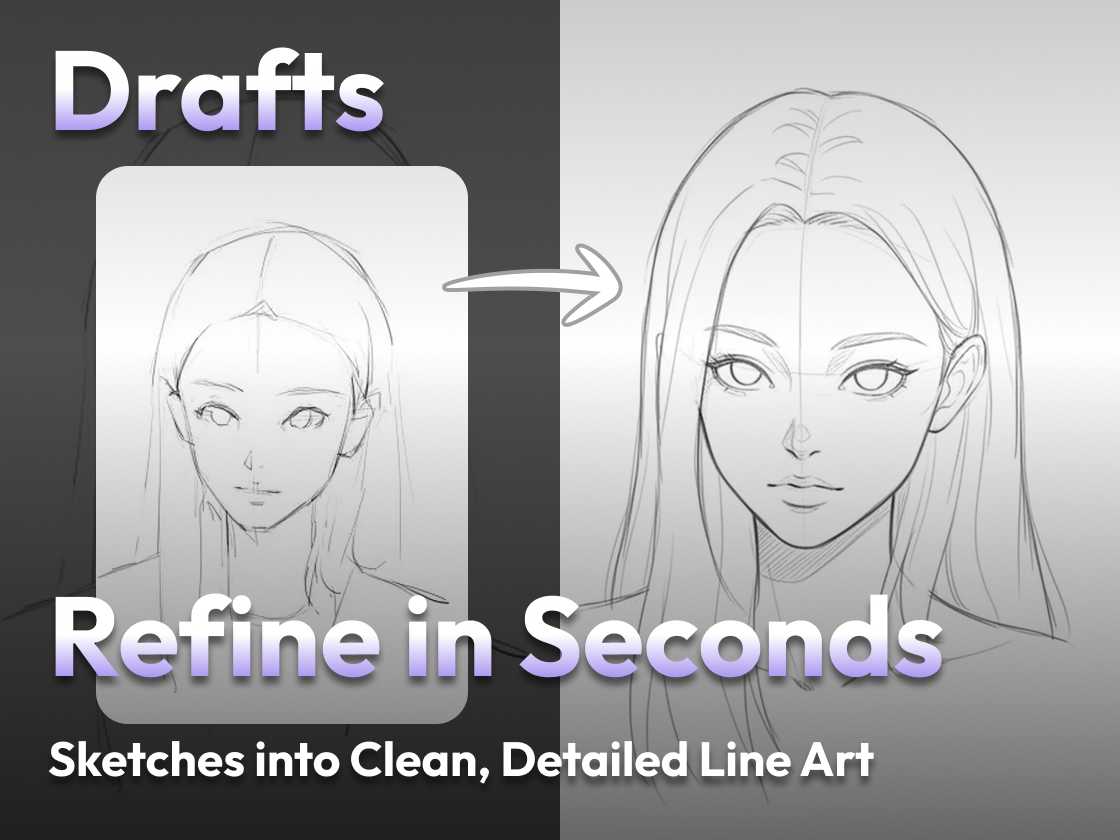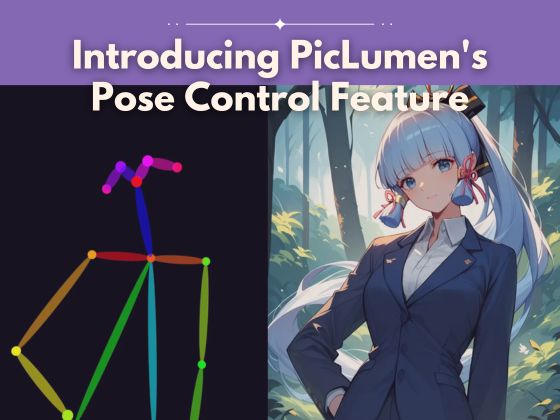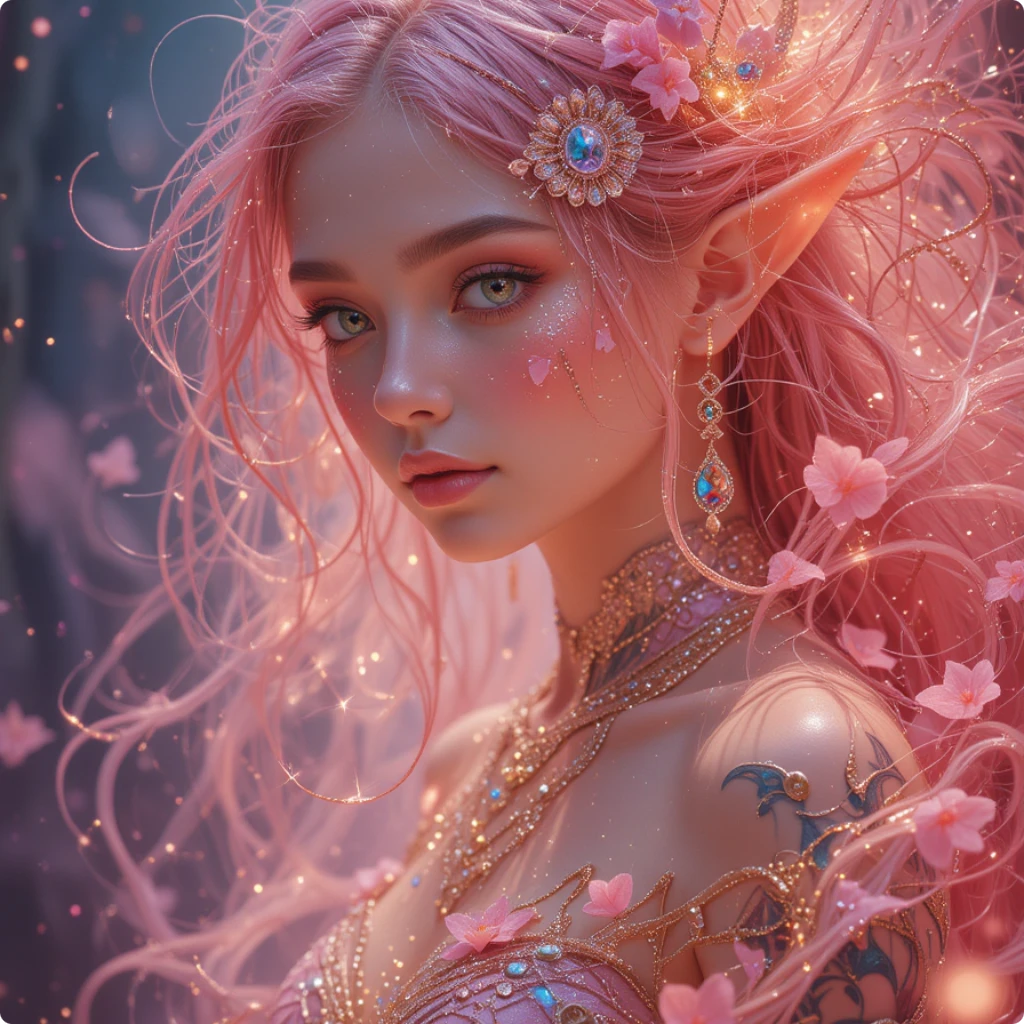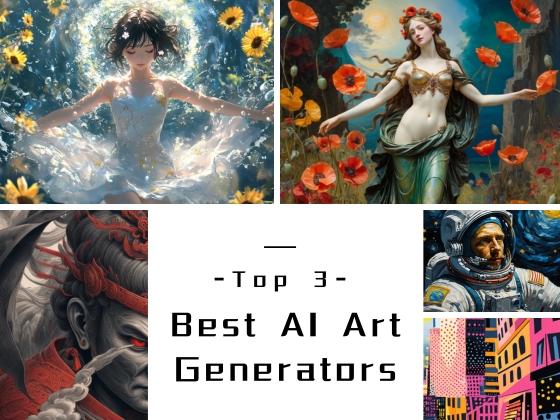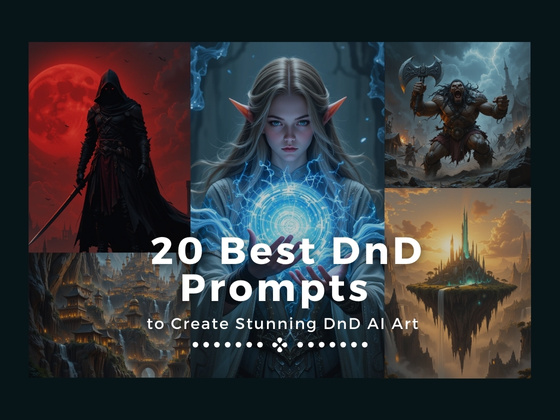Today, AI images are all over the internet as they are super easy to create using various AI image generators. It only takes a few seconds to create an AI image.
This allows artists to create drafts, get inspired, or experiment with different styles. However, many artists still struggle or aren’t aware of how to make illustrations with AI.
If the same applies to you, this article will provide a step-by-step guide to help you get AI-powered art with PicLumen AI illustration generator.
What are AI-generated Illustrations?
AI-generated illustrations are artworks created using Artificial Intelligence (AI). AI systems are trained on large datasets of existing illustrations. As a result, AI models know about different styles, patterns, or techniques. Based on this data, AI tools can generate new illustrations.
Some of the key areas where AI-generated illustrations are being used are:
- Advertising: Advertising agencies are now using AI tools to create visuals with AI. Or custom graphics for social media campaigns, and more.
- Book covers: One can design and create compelling book covers using AI tools.
- Digital Art: Artists can use AI to generate digital artwork, get inspired, or develop new ideas.
How to Create Illustrations Using AI?
AI art tools use algorithms and machine learning trained on datasets of existing artworks. Hence, AI tools are great for creating complex designs and allow artists to experiment with their art.
There are various AI image generators out there. One such name is PicLumen. Using its image-to-image AI tool, you can create new AI art from an existing image. So, if you want to turn your selfie or photo into an illustration, the AI tool is there to help you.
General Steps to Create Illustrations Using AI
- Selecting the Appropriate AI Art Generator: Choose the right AI illustration tool for your needs. Our recommendation is PicLumen, as it is straightforward to use.
- Providing detailed descriptions or references: Provide a detailed description or a prompt to generate your desired AI image. For better results, add reference points or upload images.
- Customizing Settings for Desired Output: Play around with the settings to select the right art style, level of detail, image orientation, resolution, aspect ratio etc.
- Reviewing and Refining the Generated Art: AI images are not always perfect. So, tweak your prompts or other settings to get your desired results.
- Importance of Experimentation and Iteration: Finally, play around with the tool. You can try different AI models, change settings, or write different prompts.
How to Make Illustrations with AI? Our Step-to-Step Guide
Providing Detailed Descriptions and References
Writing a detailed description or prompt is crucial in creating an AI illustration. While writing a prompt, clearly describe the elements you want in your illustration, the color you wish to use, and the styles you wish to use. Also, use simple language to get the best results.
You can also add references to your artwork. For instance, you can say I want a Japanese-style artwork. Or, if you are using PicLumen, you can upload a reference image. Also, here are a few additional details you can add:
- Character: Describe the appearance, clothing expression, and action for accurate output.
- Scenery: Describe the background or the setting of the illustration, like landscape, architecture, or other details.
- Mood: Include the mood of the image to set its tone or atmosphere, such as vibrant, somber, dark, etc.
Customizing Settings for Desired Output
While generating AI images, make sure to pay special attention to the customization options you are getting.
The basic option that you will be getting is style. You can choose between styling options like realistic, cinematic, anime, comic, and more.
Furthermore, most tools also offer other setting options, such as resolution, aspect ratio quality of the output, etc.
Some of the key tips that you can follow are:
- Look at other artworks to get prompt or customization ideas.
- Do experiment with prompts.
- Use preset AI settings to get quality output.
Overall, it boils down to how good your prompt is. For instance, PicLumen’s Flux AI model works based on textual cues, and based on it, it can generate surreal and realistic images with excellent light and shadow effects.
Reviewing and Refining Generated Art
AI outputs are not always perfect. So, once you generate an AI image, look for inaccuracy and see if it matches your prompt. Suppose it doesn’t tweak your prompt to get desired results or adjust settings. It would be best to do this multiple times until you get your desired output.
Tips for Creating High-Quality Illustrations Using AI
While generating high-quality AI illustrations, write a detailed prompt with a clear concept of what you want. This helps you save time refining your design. Also, familiarize yourself with the AI tools’ features and generate multiple versions of your illustrations to get the desired results quickly.
However, you shouldn’t entirely depend on AI tools, as AI tools can often make mistakes. Plus, most of the time, your AI illustrations will need post-processing. Also, avoid writing ambiguous prompts.
You can also use multiple AI tools to refine your existing AI art. You can also try generating multiple elements separately and combining them post-production.
Illustration Ideas
- Fantasy landscapes: Enchanted forest with glowing mushrooms and mystical creatures under a starry sky. A magical waterfall cascades into a crystal-clear pool.
- Futuristic cityscapes: A sprawling metropolis with towering skyscrapers and neon lights. Flying cars zoom between sleek, illuminated buildings under a purple sunset.
- Character portraits: A heroic warrior in ornate armor, wielding a glowing sword, with a determined expression. The background features a dramatic, stormy sky.
- Surreal dreamscapes: A floating island with twisted trees and bizarre structures. A giant, melting clock drips over the edge while a swirling galaxy forms above.
- Abstract art: Vibrant, swirling shapes and colors blending in dynamic patterns. Bold contrasts and fluid lines create an energetic, modern composition.
Conclusion
So, that was a quick walkthrough on how to generate AI-powered illustrations. Don’t forget to try out different AI tools and check their features to determine which tool works for you. However, if you are looking for a starting point and want something easy, check out PicLumen.
FAQs
Can I use AI-generated illustrations for my projects?
Yes, you can use AI-generated illustrations for your projects, including commercial projects. However, before using any AI illustrations for commercial purposes, check the respective tools’ licensing and usage rights.
How can AI art generators enhance my illustration work?
AI art generators can help you in multiple ways, such as using them to get inspiration, speeding up your design process, and trying different art styles or effects. You can also use an AI image generator to improve your existing designs.
